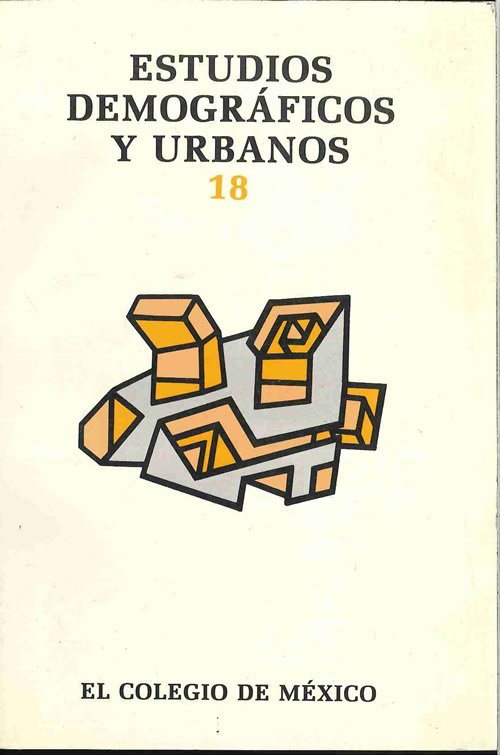Published 1991-09-01
Keywords
- fecundidad,
- reproducción social de los campesinos,
- modelos neomalthusianos
How to Cite
-
Abstract737
-
PDF (español)364
Downloads
Copyright (c) 1991 Estudios Demográficos y Urbanos

This work is licensed under a Creative Commons Attribution-NonCommercial-NoDerivatives 4.0 International License.
Metrics
Abstract
This article examines interpretations regarding the relationship between means of support and fertility, taking into account views on social reproduction among peasants, with emphasis on the way they are expressed in terms of indicators. He begins with a brief summary of theories put forth by Malthus, and then examines Neo-Malthusian models which use as an independent variable, the amount of land and as a dependent variable, the number of children. He notes the existence of a positive ratio between these variables, and then demonstrates that in Chayanov's model, the number of children is used as an independent variable, while the idea of a positive ratio with the amount of land is still maintained. He compares these assumptions with those of Palerm, who suggests the existence of an inverse ratio between the amount of land available and fertility; this leads to policy implications contrary to those arising from Neo-Malthusian models. The paper ends with a discussion of assumptions about the rationality, motivations and guiding values the different approaches attribute to economic and demographic behavior among peasants.


